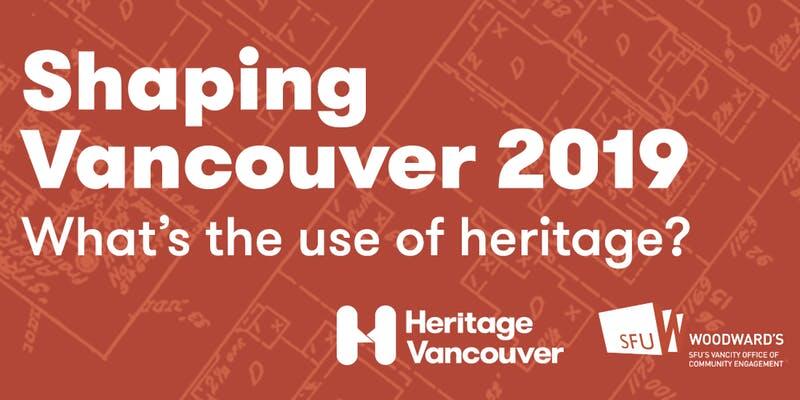
07:00 PM - 09:00 PM
About the event
In this session, we are excited to welcome four panelists to share their insights about their local places:
Ajay Puri- Engagement consultant, City of Vancouver Report on Punjabi Market
Alisha Masongsong- Project Manager, Exchange Inner City
Belle Cheung- Social and Cultural Planner, City of Vancouver Chinatown Transformation Team
Elia Kirby- President of the Arts Factory Society at 281 Industrial Avenue
Overview
Under many different names, including “revitalization”and “regeneration”, heritage is and can be used to craft a positive place image, develop local economic sectors, create a neighbourhood centre for culture, and improve upon the animation of local areas. This change can be compelling, but also has its challenges.
This process is especially relevant and timely in the False Creek Flats, Chinatown, and Punjabi Market areas of Vancouver. Under the False Creek Flats Plan approved in 2017, the approach is to make the area a thriving and innovative economic zone which “builds off of existing character… by leveraging key character assets, histories and economic anchors”. Chinatown is looking towards a process (including application for World Heritage) where a heritage informed by experiential authenticity, culture and ordinary daily life forms the basis for social and economic revitalization. Punjabi Market, while not having undergone extensive planning exercises, desires a future where the three block district is a place filled with Punjabi experiences for people to enjoy.
In this first talk, we look at how heritage can be used to reshape these places in the city. In particular, we examine:
- What roles do these areas play in the broader narrative of the city, and how do we plan for them?
- What is the difference between taking a “landscape” view of heritage vs a “site” view of heritage?
- How can heritage be used as a lens through which to view issues around the integration of large developments, such as St. Paul’s Hospital, with neighbouring landscapes and the established ways of existing that are unique to people, organizations and businesses in these areas.
- What conflicts emerge between the various meanings and values given to places?
- How can culture-led plans fulfill economic, social and cultural objectives set for areas such as Chinatown and Punjabi Market?
About this series
Shaping Vancouver 2019
Vancouver’s heritage can play an important role towards creating a healthy, liveable city that protects our cultural and social resources. In a city facing immense development pressure, heritage is a valuable tool in the planning process. It is an active part of shaping the city, rather than the common assumption that it is an instrument for preventing change.
Beyond its preservationist roots, heritage is actually a method of place management with the intention of guiding change. Shaping Vancouver 2019: “What’s the Use of Heritage?” discusses how heritage fits in to planning Vancouver’s near future, what some of its uses are, and how it contributes to the city in more ways than aesthetics and historic commemoration.
Major change will be taking place across Vancouver: last November, Vancouver City Council approved a city-wide plan to outline how future development will unfold across the city. Additionally, large scale planning programs such as the Broadway Corridor, Chinatown Cultural Heritage Assets Management Plan, and Making Room are underway. What is heritage’s role in all of this? Where does heritage fit in and what are its uses?
Throughout this year’s series, we will explore how heritage can be used to make Vancouver a better place overall through the lens of various planning processes happening in the City. Heritage is a continuous thread that runs through the wider city, and we will end this year's series by tying heritage to the city-wide plan.
Location: SFU Woodwards
49.282372, -123.10858
SFU Woodwards
149 West Hastings Street
Vancouver, BC
Canada